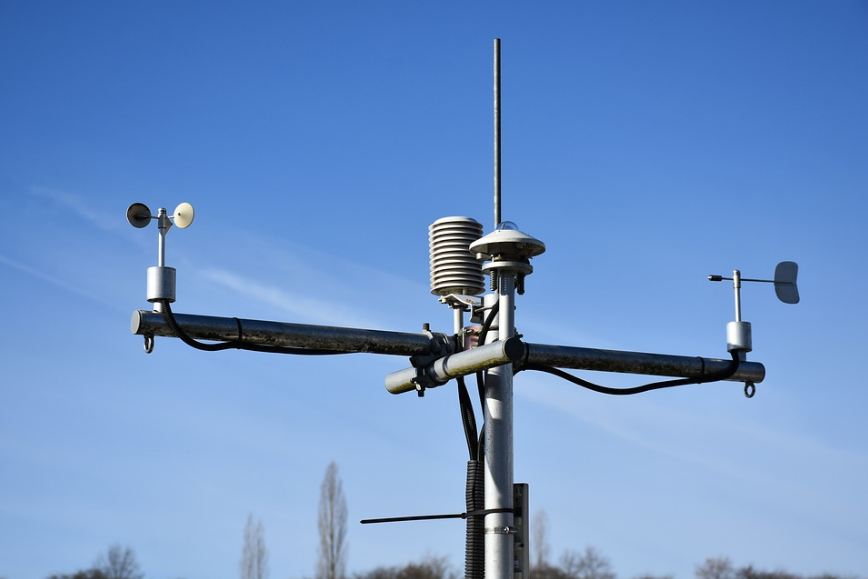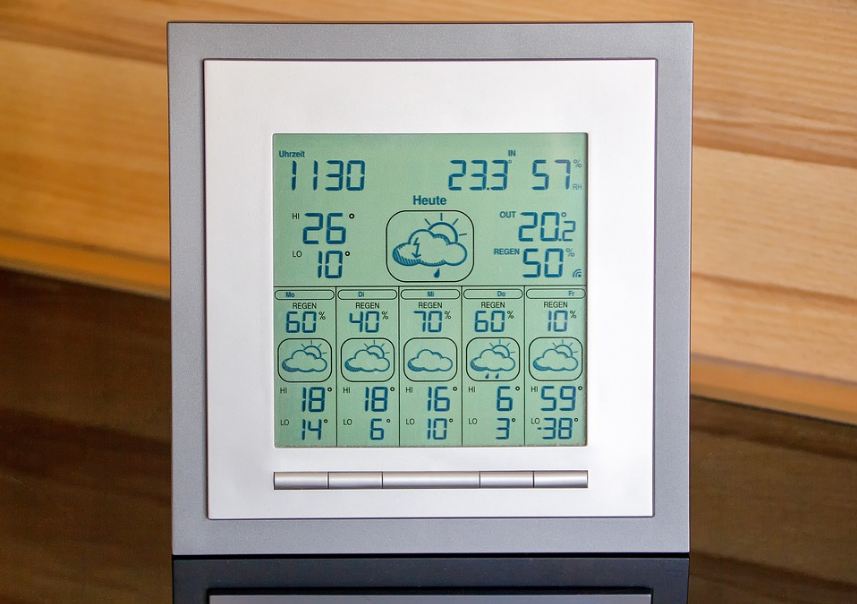One moment the weather is pleasant, you see cirrus clouds, and it’s very hot as the scorching heat of the Sun touches your skin, and then after a couple of hours, it rained so hard. Despite a weather forecast of rain, there was not even a droplet of rain happened. What must be the causes of these drastic changes or unpredictability of the weather?
Weather is the atmosphere’s state that includes temperature, humidity, precipitation, cloudiness, visibility, pressure, and winds. As contrary to climate, weather consists of the short-term variations of the atmosphere, ranging from minutes to months. However, the climate is typically the weather that characterizes a specific region over time.
Several factors merge to influence the weather, but four main ones are solar radiation, the amount of which changes with Earth’s tilt, orbital distance from the Sun and latitude, temperature, air pressure, and the abundance of water.
Solar Distance
The Earth’s distance to the Sun changes as it orbits, resulting in a 4-degree Fahrenheitdifference between the closest and furthest points. This alternating planet’s tilt results in amuch larger weather effect, as the tilt away from or toward the Sun over the year. Itdetermines the amount of heat that a particular part of the planet will receive. The hemisphere tilted toward the Sun, that part of the planet experiences summer, whereas winter is tiltedaway.
Air Pressure
The solar radiation that heats the planet is not distributed evenly. The differences between hotter and cooler pockets of air or fronts influence air pressure. When the pockets significantly differ in temperature, their mixture produces movement and pressure. However, when they aren’t very different, the atmosphere moves around less, resulting in fewerweather effects.
The wind is produced as the air attempts to equalize by moving from high-pressure areas to low-pressure areas. The air rises in the atmosphere when the pressure is low. As the air rises, moisture is accumulated that form clouds. Cloud produces rains or snow, depending on air temperature and once they get to their saturation point.
With low atmospheric pressure, the air is pushed down toward the surface, so rain and moisture don’t accumulate but often also lead to high humidity near the Earth’s surface, where people experience weather.
Air Masses
The air that hovers for a while over a surface area with constant humidity and temperature takes on the area’s characteristics below it. For example, the tropical Atlantic Ocean air mass would become warm and humid, but an air mass over the winter snow and ice of northern Canada would become cold and dry. These massive volumes of air travel and often covering thousands of miles and reach the stratosphere. They are moved to locations far from their source regions by mid-latitude cyclonic storms and global wind patterns.
When opposing air masses meet, the cold air pushes the hot air upwards; when going up, the temperature drops, and the air can’t hold as much water when it is warm, thus results in the cold-water molecules to condense and form clouds.
Latitudinal Location
Your location also matters when it comes to predicting the typical weather that you will experience. The latitude always receives roughly the same amount of sunlight at the equator, which makes the weather not change much around 12 hours a day. Moving away from the equator means receiving more or less sunlight, depending on the season.
Polar regions during summer have incredibly long days and too long nights in winter. Both summer and winter temperatures cool gradually as you travel to the equator’s north or south.
Water Presence
The presence of water significantly impacts the weather. Places that are situated near oceans and seas or lakes of water are usually wetter than those places in the dry regions. Also, large water bodies produce winds when temperature differentials between land and water send breezes inland during the day and out to sea or onto lakes at night. Water that evaporates form into different types of clouds: cirrus clouds, high in the atmosphere and made of ice, stratus clouds, which form lower down and consist of a thick, white blanket of raindrops, and cumulonimbus clouds that signal harsh weather, such as thunder, lightning, hail, and tornadoes.
Jet Stream
This refers to the area of air above where two air masses of different temperatures converge (e.g., a cold front meeting a warm front). With greater temperature difference between the air masses, air pressure difference is also high, which results in faster wind blow in the jet stream. The air has wind speeds that often exceed 100 mph and sometimes over 200 mph.
Jet streams usually occur in the winter when there is a more significant difference between the cold continental air masses’ temperature and warm oceanic air masses. This jet stream is usually found around 5 to 10 miles above Earth’s surface. It generally flows west to east, often in a non-continuous wavy fashion, with cold, Equatorward dips and warm, Poleward bulges.



